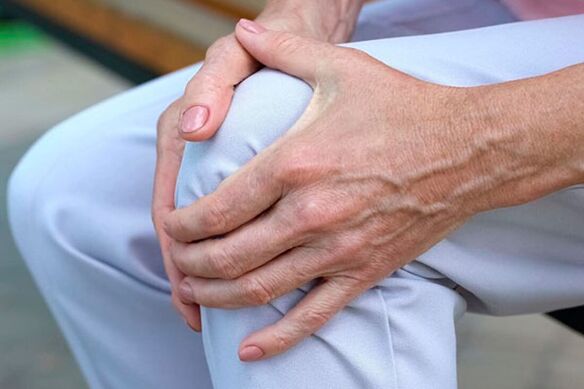
There are more than 180 joints in the human body and these hurt almost everyone. Diagnoses sound different, other treatments are recommended, but the pain does not go away, it only gets worse with age, the relief is temporary.
There is still no consensus in the medical community about this disease, including methods of treatment.
What is arthrosis
It is a whole group of diseases of a polyethiological nature in which all parts of the joint are destroyed.
Causes of arthrosis
There are a lot of them and it is not completely understandable.
- Osteoarthritis develops after an injury. For example, if the knee joint is damaged, arthrosis or gonarthrosis of the knee joint will occur.
- Deferred arthritis. Arthritis is an inflammation of the joints. Complications may occur even after ARVI, or as a result of a specific infection: gonorrhea, tuberculosis, brucellosis, viral hepatitis, adenovirus infection, rubella, HIV infection.
- High physical activity is a professional problem for athletes. For an ordinary person, any load can become overwhelming and "start" the process.
- Autoimmune diseases: osteoporosis, rheumatoid arthritis, gout, drug arthropathy, chronic fatigue syndrome.
- Diseases of the musculoskeletal system. For example, dysplasia can be a cause of hip arthrosis.
- Overweight.
- Harmful working conditions.
- Alcohol and bad habits.
The list is not exhaustive, but it is already impressive.
Symptoms of arthrosis
Arthrosis has many symptoms, but the main one is pain.
The pain of arthrosis first occurs with physical exertion, decreasing during rest. They are caused by microcracks, spasms of the periarticular muscles, and irritation of the surrounding tissues by osteophytes. When arthritis develops, the joint swells, the pain appears at the very first movements, then disappears and reappears with prolonged exertion.
The necrotic osteophyte (a torn piece of articular cartilage) "wedges in" the joint and causes severe pain, cracking, external lesions appear, and normal movements become more difficult.
Classification Stage 1: movements in the joint are moderately restricted, pain occurs only during exercise, X-rays show insignificant bone growth, and the narrowing of the joint gap is small. Second stage: the mobility of certain joints is significantly limited, cracks appear. The pain comes with the simplest movements. With arthrosis of the joints of the legs, lameness occurs due to shortening of the limb, the pelvic zone is distorted, pain in the legs and lower back. The pictures show that the joint space is reduced threefold, the bone outgrowths are rough, and the joint surfaces are damaged. Third stage: the joint is destroyed in case of bilateral arthrosis - movement is only possible with a crutch.
Classification
- First stage: the movements in the joint are moderately restricted, the pain only occurs during exercise, on X-rays there are insignificant bone growths, the narrowing of the joint gap is small.
- Second stage: the mobility of certain joints is significantly limited, cracks appear. The pain comes with the simplest movements. With arthrosis of the joints of the legs, lameness occurs due to shortening of the limb, the pelvic zone is distorted, pain in the legs and lower back.
- Third stage: the joint is destroyed in case of bilateral arthrosis - movement is only possible with a crutch.
Diagnostics
Knee arthrosis and hip arthrosis (coxarthrosis) are the most common diagnoses.
Instrumental examination of arthrosis:
- Radiography - assessment of the condition of bone tissue.
- Magnetic resonance imaging or computed tomography - determine the extent to which a joint and its parts are destroyed.
- Arthroscopy.
Treatment of arthrosis
Conservative treatment (early stage only):
- NSAIDs - non-steroidal anti-inflammatory drugs, anti-inflammatory and warming ointments, joint orthopedics.
- Physiotherapy - to relieve pain and improve blood circulation.
- Chondroprotectors - you could say biologically active additives with a placebo effect.
- Chondroprotectors with NVPS - relief is felt immediately (anti-inflammatory effect), treatment is longer.
- Hormonal drugs
- Hyaluronic acid formulations are complete "prostheses" of synovial fluid.
- Plasma treatment - PRP therapy, orthokine therapy.
Operational treatment
- Endoprosthesis - replacement of joint surfaces.
- Arthroplasty is a method of treating small and unloaded hand joints.
- Arthroscopy.
Prophylaxis
Prevention of arthrosis, like many complex diseases, timely treatment of infections and a careful approach to health.



















